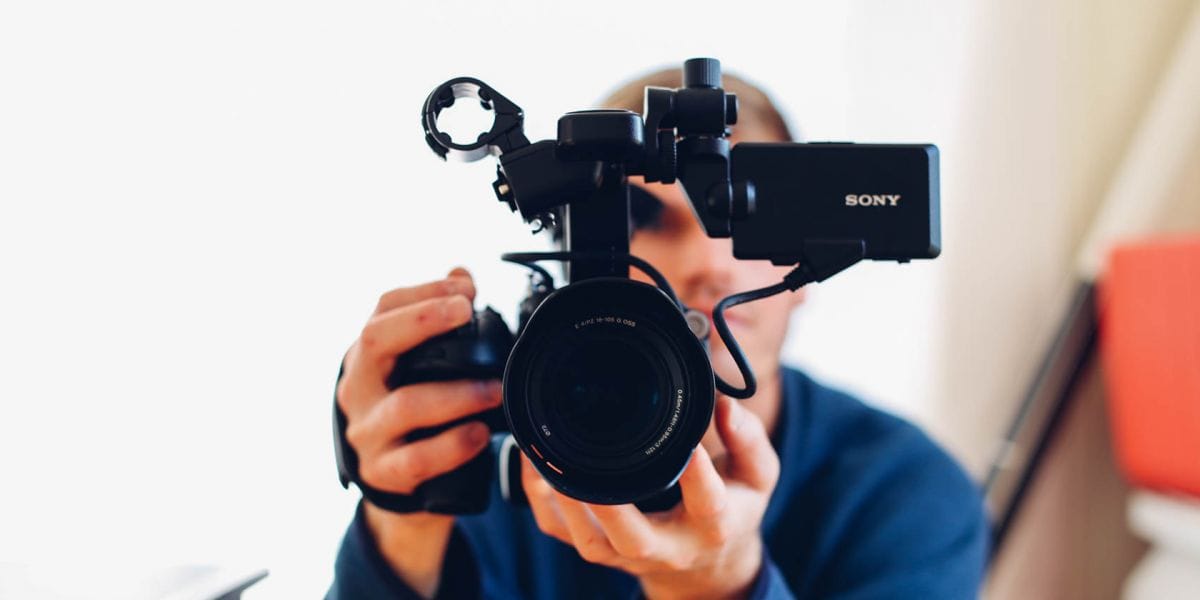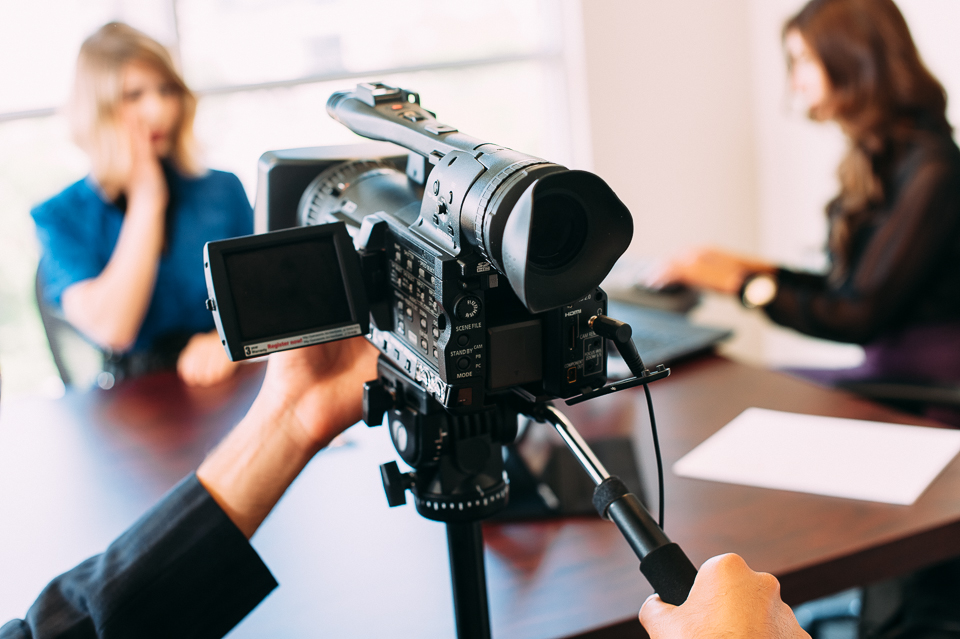Why Lawful Videography Is Vital for Accurate Legal Record-Keeping
In the realm of lawful process, the accuracy of record-keeping is extremely important, and legal videography arises as a vital tool in this context. As we discover the complex advantages of legal videography, one must consider its implications for the future of judicial stability and openness.
Relevance of Visual Proof
Developing the importance of aesthetic proof in lawful proceedings is extremely important for making certain precise record-keeping and boosting the overall stability of the judicial procedure. Aesthetic proof acts as a crucial device in documenting occasions, problems, and other relevant details that may be important to an instance. Unlike created accounts, which are prone to interpretation and predisposition, visual recordings provide a purpose, unalterable representation of truths as they occurred.


This type of evidence can capture a range of aspects, including witness behavior, environmental context, and physical proof, every one of which may affect judicial outcomes. By presenting a clear and thorough aesthetic narrative, lawful videography eliminates uncertainty and helps to preserve the authenticity of the evidence.
Additionally, aesthetic evidence can be critical in reducing conflicts over factual discrepancies, as it enables a direct contrast versus testimony and other documented records. In an era where electronic technology is increasingly prevalent, the capability to existing aesthetic proof efficiently can dramatically improve the general quality of legal procedures. Inevitably, the unification of visual proof not only reinforces the paperwork procedure but likewise enhances public rely on the judicial system by promoting openness and liability.
Enhancing Testimony Reputation
The combination of lawful videography into court room proceedings substantially improves the integrity of witness testament. By capturing the nuances of verbal and non-verbal communication, video clip recordings provide a more extensive depiction of a witness's demeanor, emotions, and integrity. This visual paperwork enables jurors to observe the witness's body movement, faces, and general carriage, which are important parts that can influence their understanding of statement credibility.
Additionally, lawful videography decreases the potential for misconception or distortion of testimony that may happen in written transcripts. Viewers can see and hear the testimony as it was presented, making certain that the context and tone are preserved. This credibility cultivates a higher feeling of trust among jurors, who may be much more likely to think statement that they can witness firsthand.
Additionally, the existence of video footage can hinder witnesses from supplying deceptive or overstated statements, as they are conscious that their statement is being tape-recorded. This liability enhances the honesty of the judicial process. Ultimately, legal videography works as a vital device in making sure that witness testimony is not just properly depicted but likewise viewed with enhanced integrity by all celebrations included.
Comprehensive Document Conservation
Comprehensive document preservation is vital for preserving the stability of lawful proceedings. Lawful videography functions as a critical device in this process, providing an accurate aesthetic and auditory account of testimonies, depositions, and other zero hours in a situation. Unlike standard written records, video clip recordings capture the nuances of body movement, tone, and feeling, which are essential for comprehending the context and intent behind declarations made during lawful procedures.

In addition, the capacity to assess video proof allows lawyers to determine critical details that might have been neglected in written records. By maintaining a detailed archive of lawful proceedings via videography, law office can maintain the highest possible standards of precision and liability, inevitably adding to a fairer judicial procedure.
Improving Legal Procedures
Simplifying legal proceedings is vital for boosting performance and lowering hold-ups within the judicial system. Lawful videography acts as a crucial tool in accomplishing this objective by giving clear and precise aesthetic documents of court pop over to this site hearings, depositions, and testaments. This innovation allows for real-time recording, making certain that all spoken and non-verbal hints are caught, which can help with quicker resolution of conflicts.
The integration of videography into lawful processes minimizes reliance on typical approaches, such as lengthy transcripts, which can be time-consuming to create and assess. By having access to recorded footage, attorneys can quickly reference key moments, enhancing their ability to prepare and present cases successfully. This immediacy additionally aids in the clearing up of testimonies, lowering the possibility for misconception.
Furthermore, aesthetic documentation cultivates an extra interesting court room experience for jurors, aiding them to comprehend complicated info quicker. Ultimately, lawful videography simplifies communication amongst all events involved, from attorneys to courts to jurors, therefore promoting a more efficient judicial procedure (legal videography). In an age where time is important, accepting this technology is crucial for the modern legal landscape
Admissibility in Court
Precise paperwork is important not just for effectiveness my website but additionally for making sure that evidence is admissible in court. Legal videography acts as a crucial device in this procedure, giving a reliable aesthetic record of testimonies, declarations, and events. Courts typically call for proof to satisfy details requirements of admissibility, including significance, authenticity, and integrity. High-quality video recordings can satisfy these requirements by recording clear audio and visual details that composed records may overlook.
To be regarded admissible, lawful videography needs to stick to established procedures, such as appropriate devices use, suitable lights, and clear audio capture. In addition, it is important to have actually qualified videographers who understand the legal requirements bordering proof collection. The chain of protection need to also be preserved to stop any claims of meddling or change.
Moreover, lawful videography can boost the persuasiveness of proof by supplying jurors with a direct view of the testament, permitting a more involved understanding of the situation. In summary, the integration of legal videography right into record-keeping not just supports efficiency but additionally strengthens the stability and admissibility of evidence in court proceedings.
Conclusion
In final thought, lawful videography plays a pivotal duty in making certain accurate lawful record-keeping by supplying unbiased aesthetic documentation. Eventually, the consolidation of legal videography into the judicial procedure promotes transparency and strengthens public trust in the integrity of the legal system.